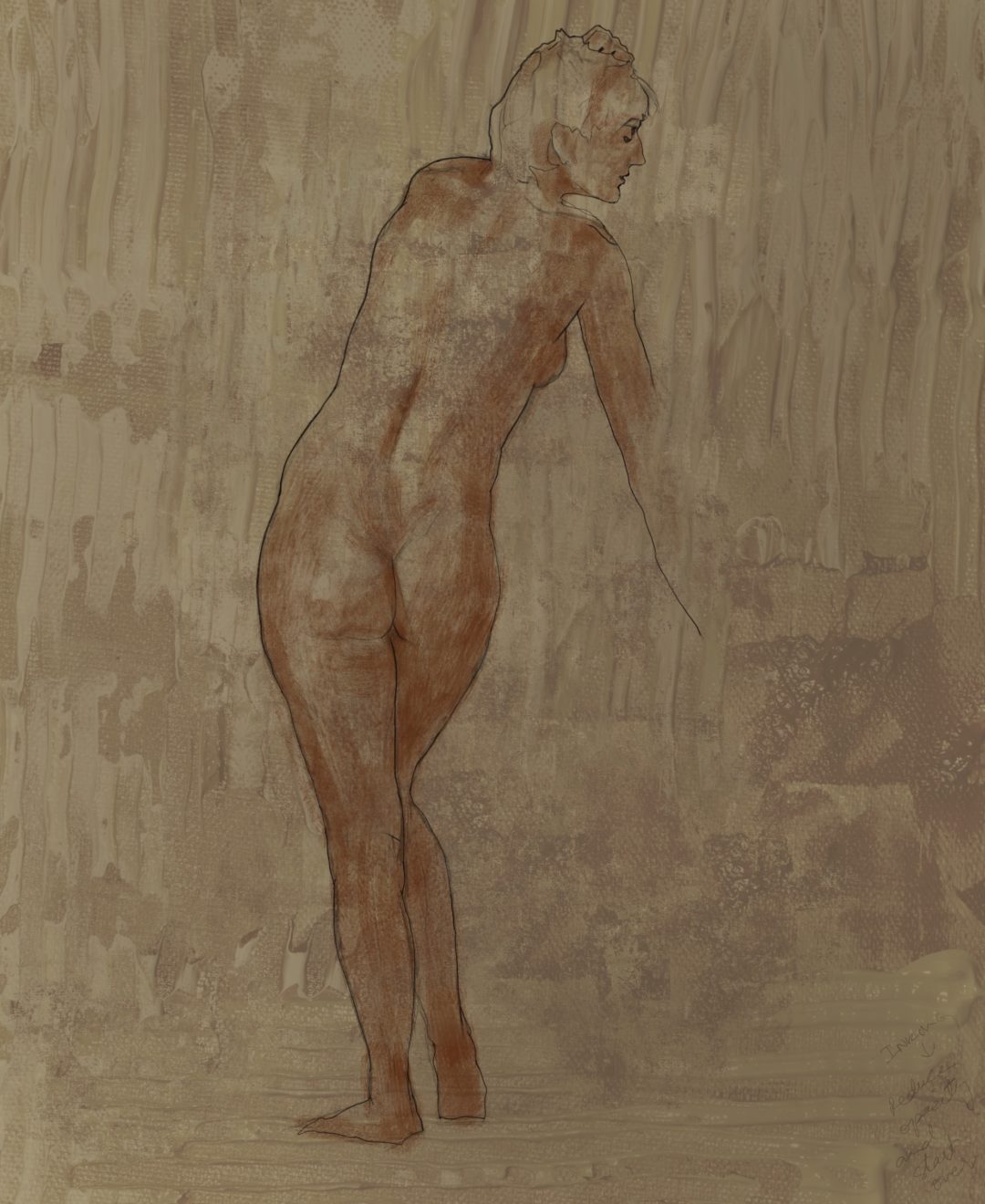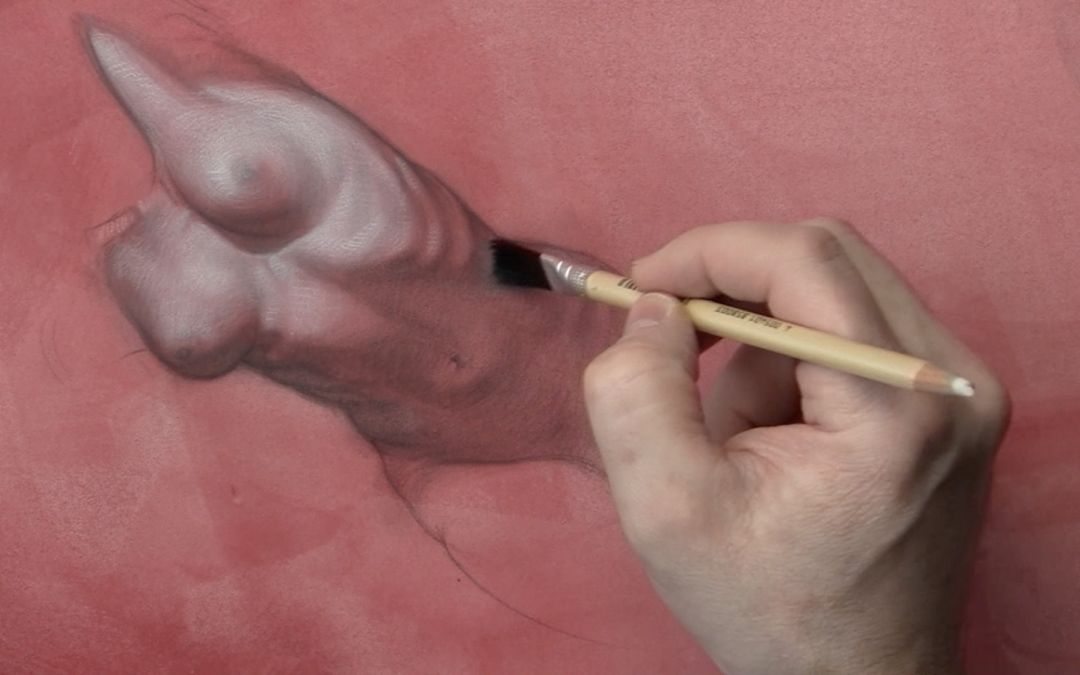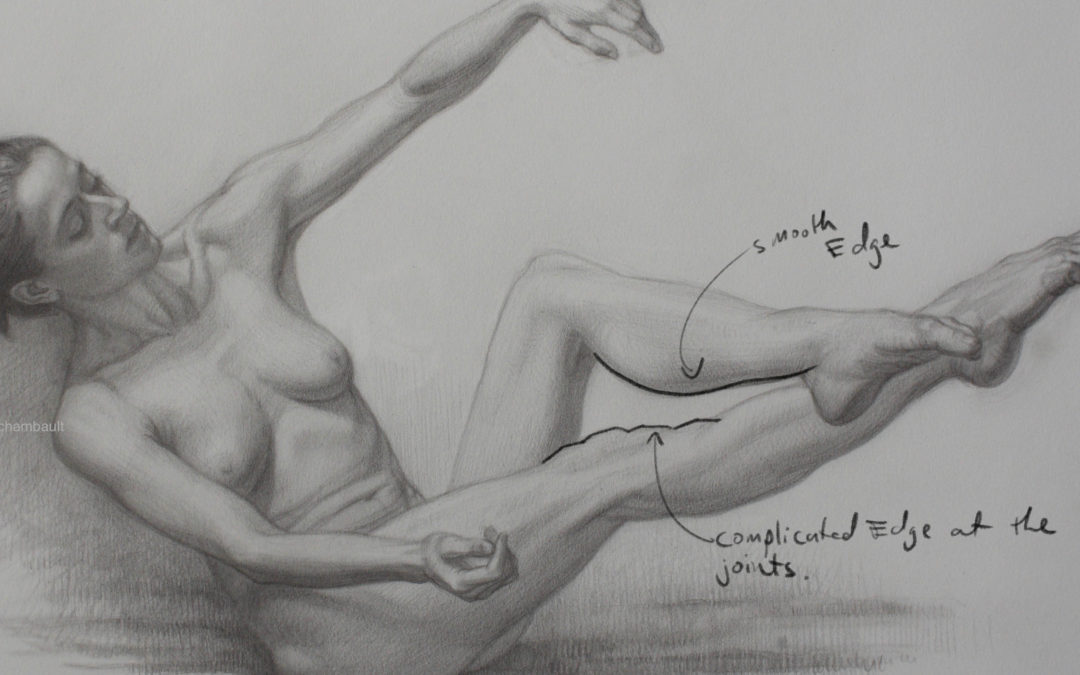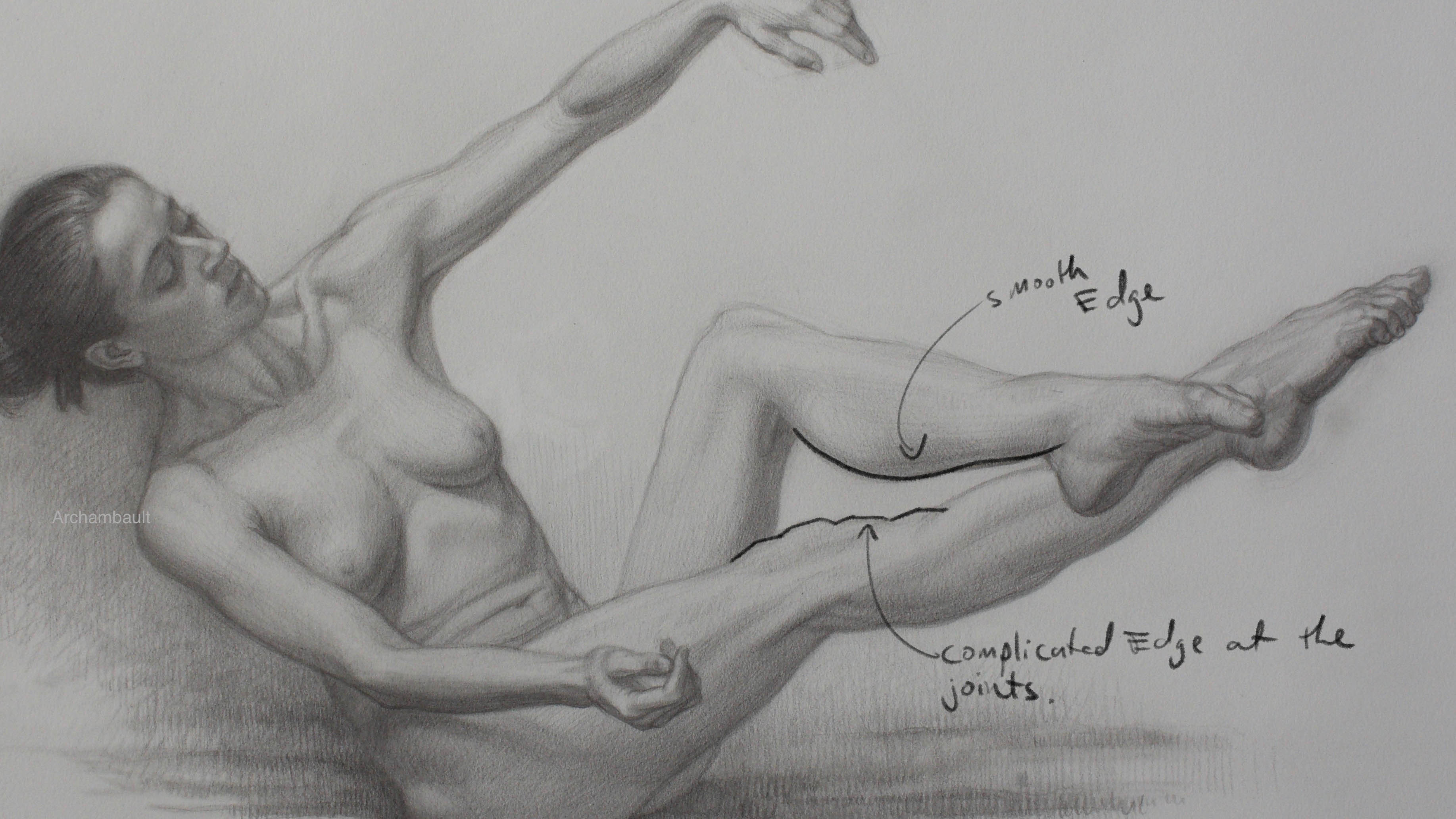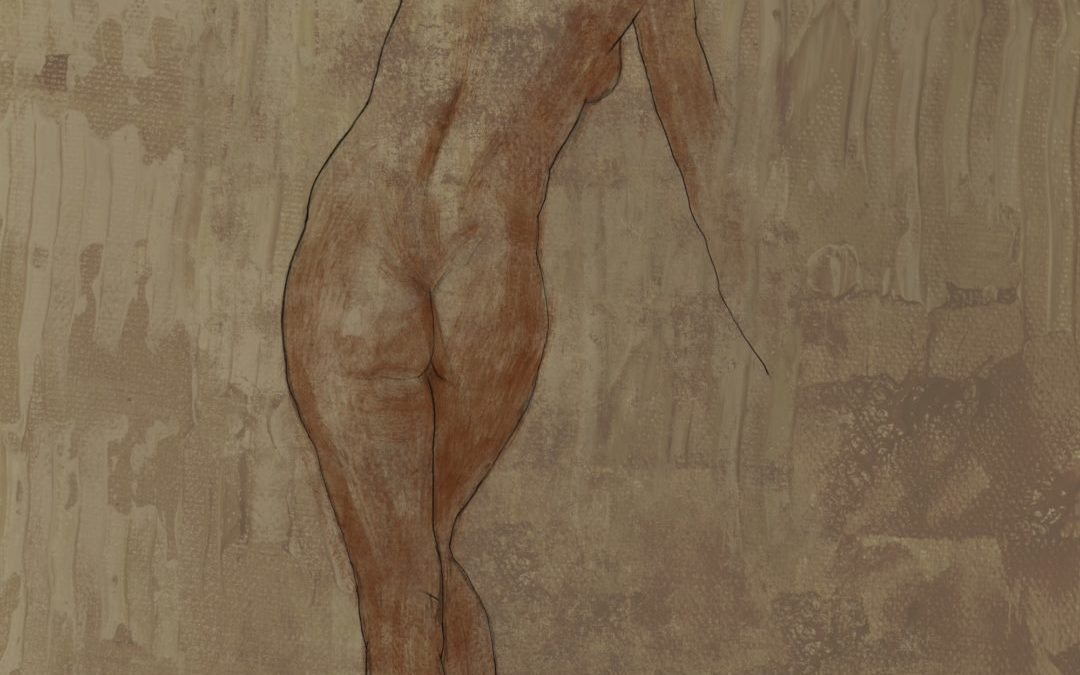
Under-Drawing Critique – Avoiding Overwhelm
Arjun recently uploaded an under-drawing for a critique over in the members area of Drawing Tutorials Online. He mentioned in the comment section of the post that he was feeling a bit overwhelmed with starting.
There is so much to think about when starting to draw the figure for an under-drawing. Proportions, gesture, anatomy as well as light and shade are just a few techniques to consider. I can see where an artist can become overwhelmed, especially when trying to do their best work.
What I do my best to show in this short little video, is a sequence of techniques. Where I like to start, as well as secondary options for starting. I also talk to the importance of using continuous line towards the end of the video.
Also, Arjun was using blind contour, I recommeded using blind contour for just a short period of time, like two seconds. I would save the pure blind contour for a longer thirty-second exercise.
Check out Arjun’s Instagram. Thanks again Arjun for sharing your art.


